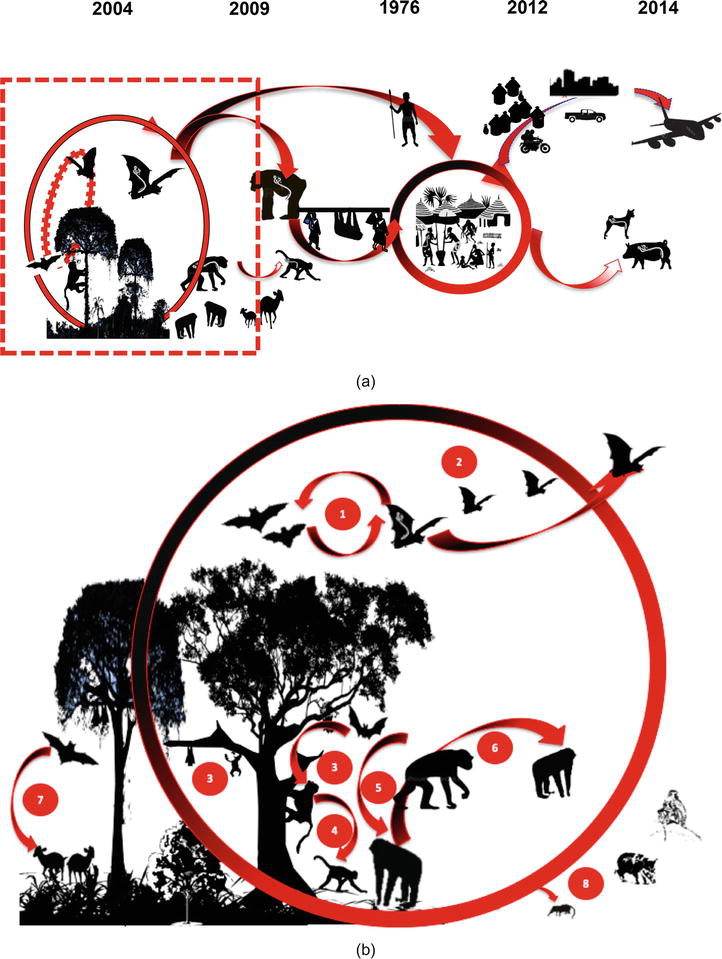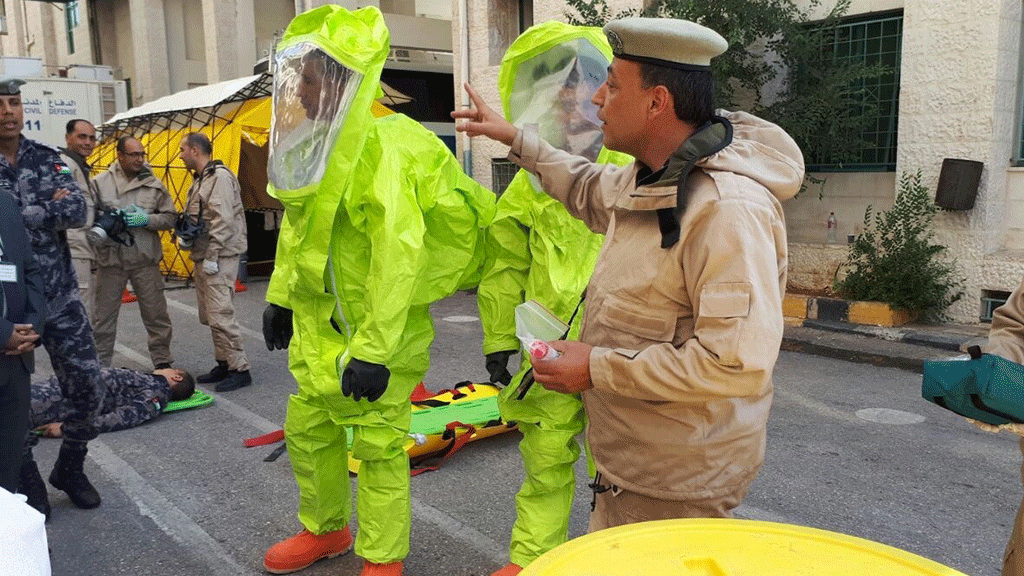The Natural Cycle of the Ebolavirus

With the continuous emergence of new Ebolavirus cases, CRDF Global’s Tom Vincent, a co-author of “Essay on the Elusive Natural History of Ebola Viruses”, discusses the importance of understanding the natural cycles of the virus and the impact of environmental changes on outbreaks.
Why is it important to study the natural cycle of the Ebolavirus?Understanding the natural cycle of the Ebolavirus is important for public health preparedness, namely, staying ahead of outbreaks, and minimizing mortality and morbidity from disease. By becoming more knowledgeable about the vectors for the disease, any favorable environmental conditions, the endemic zone, and other factors, we can minimize the risk of exposure of the virus, and thus reduce incidence of disease.
What is the link between environmental factors and the virus?For a long time, there was a great deal of uncertainty about how human populations initially became infected with Ebolavirus. By understanding the overlaps between where host organisms live and where humans get infected, we can understand how the environmental conditions play a role in outbreaks. Amplifying factors, such as animal-human interface as a result of population expansion or extractive industries, or biome expansion or contraction due to environmental change, can have an effect on risk of human incidence of disease.
Image Courtesy of IntechOpen
You and the other authors hypothesize an interspecies spillover involving several vertebrate hosts, as well as changing environmental factors contribute to a complex natural cycle. What does this mean?Interspecies spillover is necessary for most nascent viral infections, as most virologists now believe that human viral infections have their genesis in zoonotic infections (those that mutate from animal viral infections to animal & human infections). For Ebola, this spillover has widely come to be understood as coming from bats, so the research and public health activity is now pivoting to understanding the circumstances for these spillover events, and reducing the animal-human interface with those bat species. If, for instance, increased rainfall over a period of time or shrinking bat habitats increased the risk of a spillover event, then these are environmental events that we want to be come aware of in order to prevent disease.
About Tom Vincent
Tom Vincent is a health and biosecurity project manager at CRDF Global. He recently co-authored “Essay on the Elusive Natural History of Ebola Viruses” which will appear in a new book, Re-emerging Filovirus Diseases.
Jean-Paul Gonzalez, Marc Souris, Massamba Sylla, Francisco Veas and Tom Vincent (October 1st 2019). Essay on the Elusive Natural History of Ebola Viruses [Online First], IntechOpen, DOI: 10.5772/intechopen.88879. Available from: https://www.intechopen.com/online-first/essay-on-the-elusive-natural-his…



